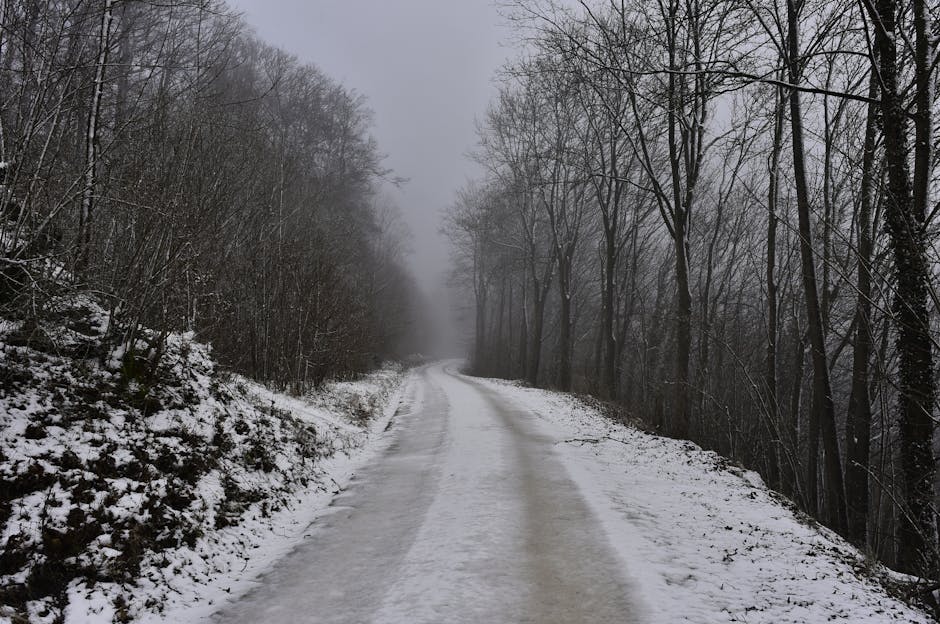The Ultimate Guide to Pipe Insulation for Winter

Winter poses unique challenges to maintaining a home's plumbing system. One critical aspect of winterizing a home is pipe insulation. Proper insulation prevents pipes from freezing and bursting, which can lead to costly repairs and water damage. Understanding the types of insulation available, their benefits, and the installation process is crucial for homeowners aiming to protect their property during the colder months.
Types of Pipe Insulation
There are several types of pipe insulation materials, each with its advantages and disadvantages. The most common materials include foam, fiberglass, rubber, and polyethylene. Each type serves different needs based on factors like temperature tolerance, ease of installation, and cost.
- Foam: Lightweight and easy to install, foam insulation is ideal for indoor pipes that need minimal protection against freezing temperatures.
- Fiberglass: Known for its high-temperature resistance, fiberglass is perfect for hot water pipes and industrial applications.
- Rubber: Flexible and durable, rubber insulation works well in areas with fluctuating temperatures.
- Polyethylene: Often used for residential applications, polyethylene offers a good balance between ease of installation and effectiveness.
The choice of material depends on specific requirements such as the location of the pipes and the severity of winter temperatures in your area.
Benefits of Pipe Insulation
Insulating pipes offers several benefits beyond preventing freezing. Proper insulation can also improve energy efficiency by reducing heat loss from hot water pipes. This means your water heater doesn't have to work as hard, potentially lowering your energy bills. Additionally, pipe insulation can reduce condensation on cold water pipes, preventing moisture buildup that can lead to mold growth.
| Benefit | Description |
|---|---|
| Prevents Freezing | Keeps water in pipes from freezing during winter months. |
| Improves Energy Efficiency | Reduces heat loss from hot water pipes, lowering energy consumption. |
| Reduces Condensation | Prevents moisture buildup on cold water pipes. |
| Saves Money | Avoids costly repairs and reduces energy bills. |
Installation Process
The installation process varies slightly depending on the type of insulation material used. However, some general steps apply to all types:
- Measure the Pipes: Determine the length and diameter of the pipes to calculate how much insulation material you will need.
- Cut the Insulation: Cut the insulation material to match the measured length of the pipes.
- Wrap or Slip On: Depending on the type of insulation, either wrap it around or slip it over the pipes. Ensure there are no gaps or exposed sections.
- Seal Joints: Use adhesive or tape to seal joints and seams for added protection.
- Check for Gaps: Inspect the installation to ensure complete coverage without any gaps that could let in cold air.
Proper installation is crucial for effectiveness. For those unfamiliar with DIY projects, hiring a professional may be worth considering to ensure a thorough job.
Cost Considerations
The cost of pipe insulation varies widely depending on factors such as material type, length of pipe needing insulation, and whether you choose to hire a professional installer. Foam and polyethylene are generally less expensive options but may not offer the same level of protection as rubber or fiberglass. On average, homeowners can expect to spend between $0.50 to $2 per foot for materials alone.
If professional installation is chosen, labor costs will add to the total expense. According to HomeAdvisor (HomeAdvisor.com), professional installation can range from $100 to $1,000 depending on the complexity and extent of the job. Despite these costs, investing in proper pipe insulation can save money in the long run by preventing expensive repairs due to frozen or burst pipes.
Maintenance Tips
Once installed, pipe insulation requires minimal maintenance but regular checks are advisable. Inspecting insulated pipes before winter each year helps ensure that no sections have come loose or deteriorated over time. Replace any damaged or worn-out sections promptly to maintain effective protection against freezing temperatures. Also, consider adding extra layers of insulation in particularly cold areas for added security.
An essential tip is to keep an eye out for any signs of leaks or condensation during regular inspections. Early detection can prevent minor issues from becoming significant problems down the line.
Pipes are often hidden behind walls or under floors where they are out of sight. Regularly checking these areas if accessible can help catch potential issues early before they escalate into more severe problems requiring extensive repairs.